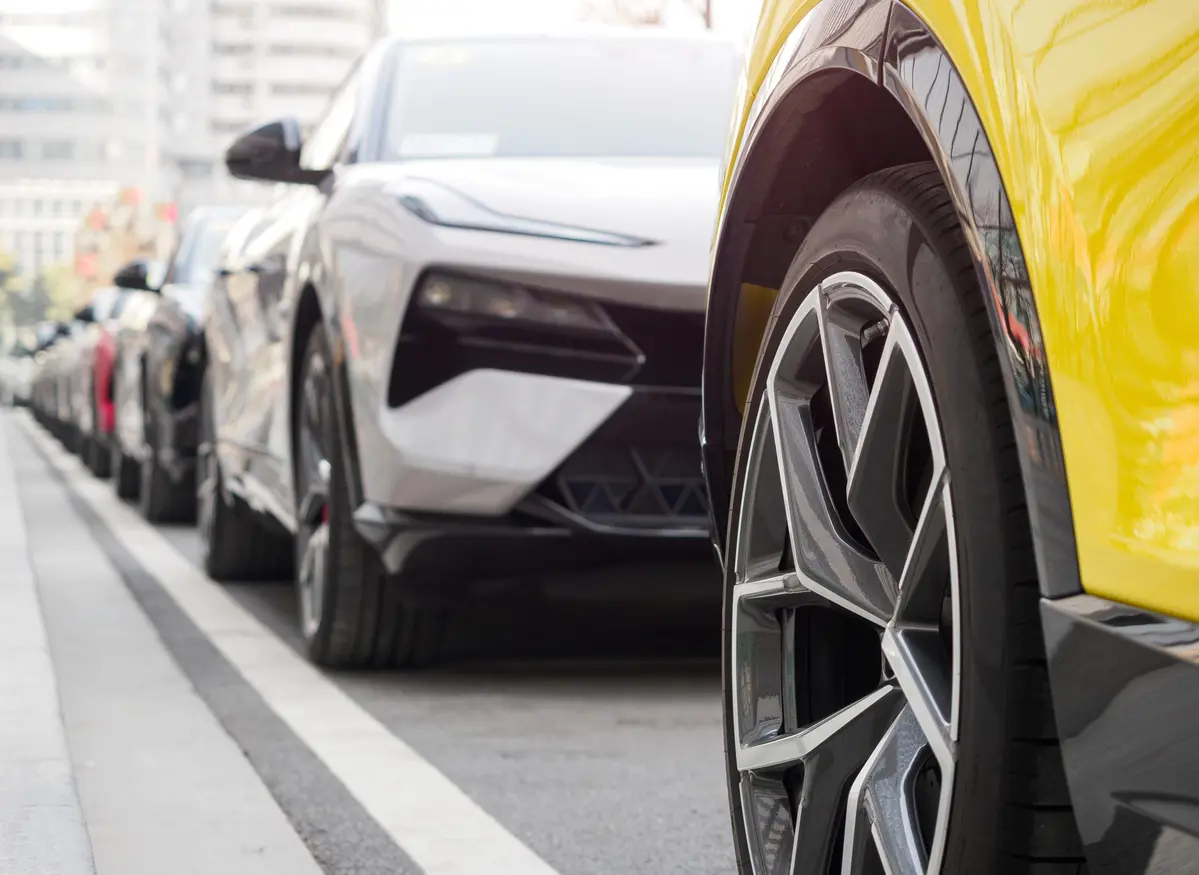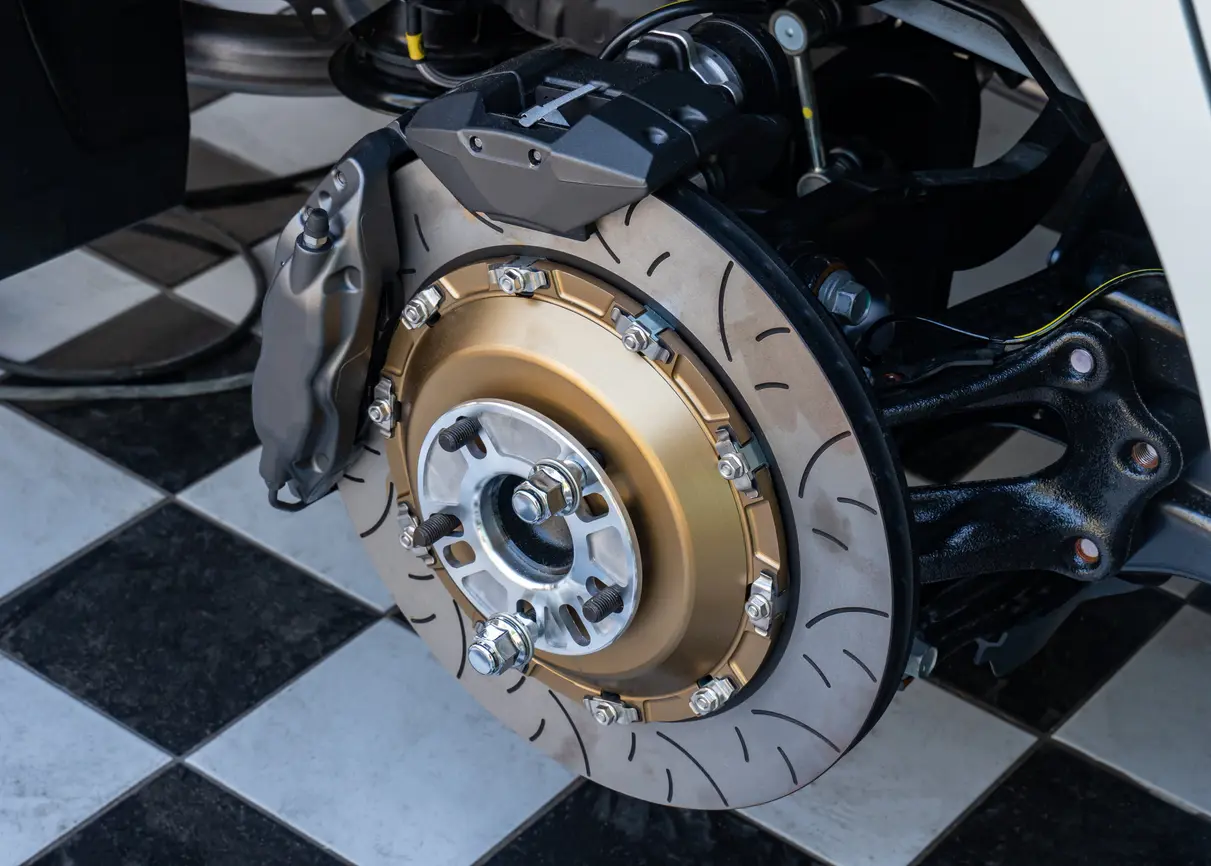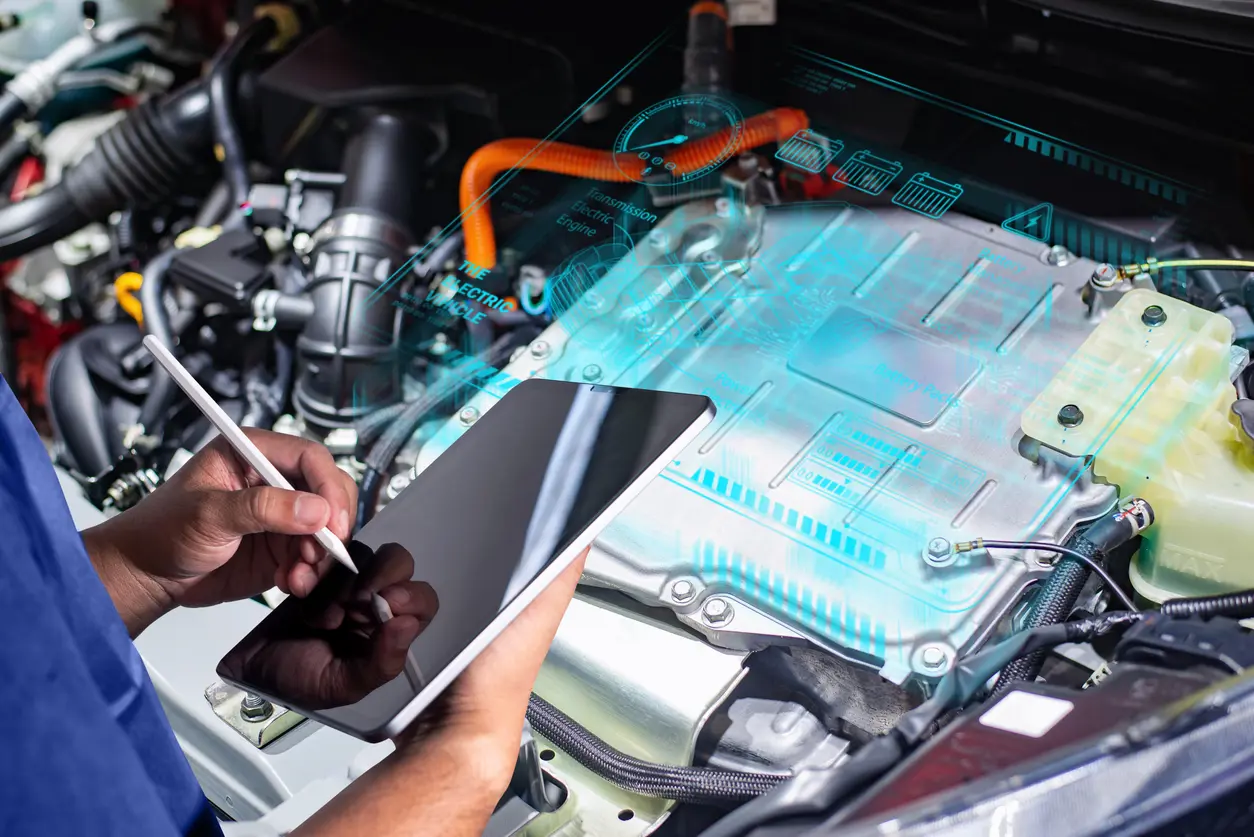What Is Too Cold for an EV?
The ideal temperature for most EVs is between 15°C and 25°C. This is the best time to go for long journeys.
An EV’s performance can dwindle once the temperature drops below 4°C. At this point, start paying closer attention to how your EV operates. If you can, avoid leaving your EV exposed when it’s below ‑17°C (unless it’s connected to a charger).
What Happens to an EV in the Cold?
Like regular ICE vehicles, the cold affects multiple parts of an EV.
Battery Life
When it’s cold outside, the lithium-ions in an EV battery flow more slowly through the liquid electrolyte. This means less energy is released and the vehicle can’t run at its usual power.
Most EVs today have battery thermal management systems to protect them from the cold, but you may still notice a delay in how long it takes your battery to warm up in winter.
Slower Charging
EV battery charging speed is slowed down in the cold, as well. Depending on the specific vehicle, it can take double or even triple the amount of time to charge up the battery when it’s below freezing outside. Remember to account for longer charging times when plugging in your EV in winter weather.
Limited Braking
If the battery is too cold, the regenerative braking system in your EV may be limited. When driving in the snow, some EV manufacturers recommend turning regenerative braking off, anyway.
Range Drop
In the winter, some EVs can lose up to 30% of their range. People assume the only reason an EV’s range depletes in the cold is because of the battery. The auxiliary load, however, is usually the bigger culprit.
Energy is required to power the lighting system, windshield wipers, power steering, and all other manual, mechanical, and electrical devices in your vehicle. In the winter, this energy is subtracted from the battery to power the rest of your car (especially to heat the cabin), causing the car’s range to suffer.
Range loss from the cold is only temporary, however. Once your car is warm and running again, it should perform as usual. The cold also shouldn’t cause any long-term damage to your EV’s battery.
If you notice your EV range is depleting, it may also be because of your winter tires. Some winter tires are less efficient than others. Check the tire pressure frequently to make sure your tires aren’t slowing you down.
Managing Winter Temperatures
You can adapt your driving habits to help your EV take on winter:
· Drive less often and more carefully in winter.
· Keep your car covered overnight/when parked for a long period.
· Plug your car in overnight.
· Preheat your car by plugging it in before driving.
Check your owner’s manual for more advice on maintaining your EV in the cold.
Know Your Vehicle
Keep in mind, even regular cars are impacted by extreme temperatures. Although the cold can’t be ignored, it shouldn’t stop your EV from functioning altogether. As long as you’re aware of how the weather affects your specific vehicle, you and your EV can conquer any season.
For any questions about EV maintenance, chat with a knowledgeable expert at a NexDrive service centre.
Other Resources

Why do electric car tires wear out so fast?
EV tires experience increased tread wear because of instant torque and unsprung weight. Learn why electric vehicles lead to worn-out tires and how to extend the lifespan of EV tires with proper maintenance.

Why regenerative braking is bad for your brake pads
Regenerative braking improves energy efficiency, but can cause brake pad issues because of reduced mechanical brake use. Learn how to maintain your brake system and prevent costly repairs in this article.

Does an EV need regular general maintenance?
Although EVs require less maintenance than gas-powered vehicles, they still need regular care. Learn about battery health, brake maintenance, and more here.
